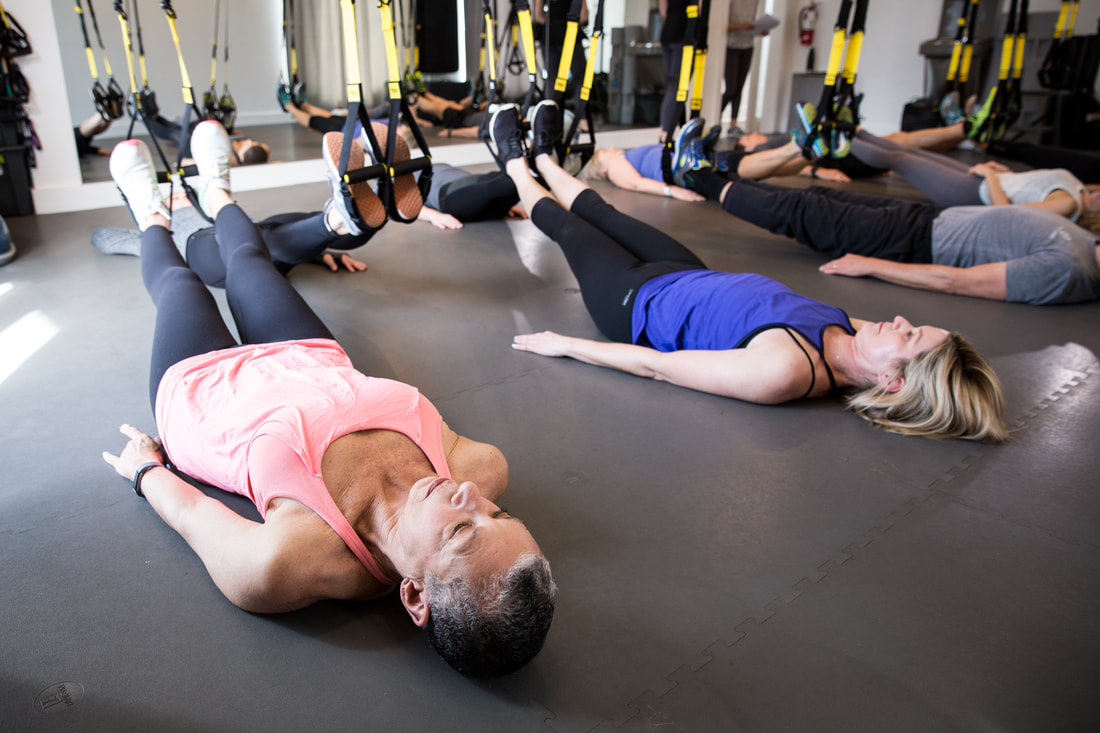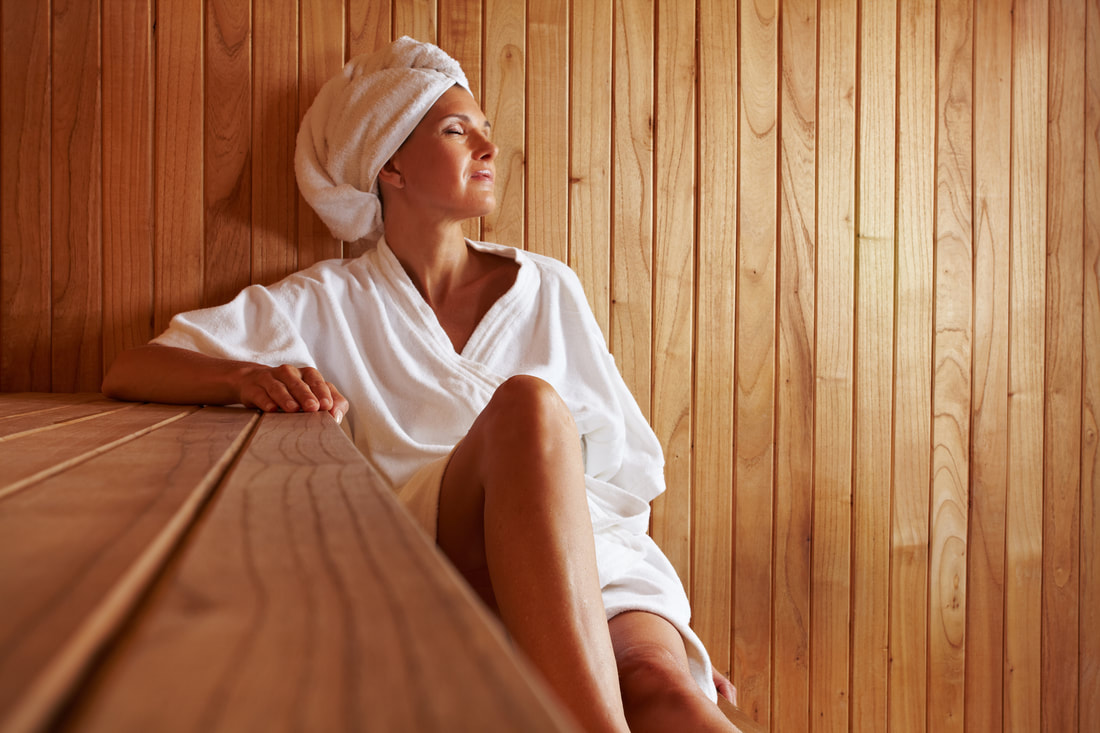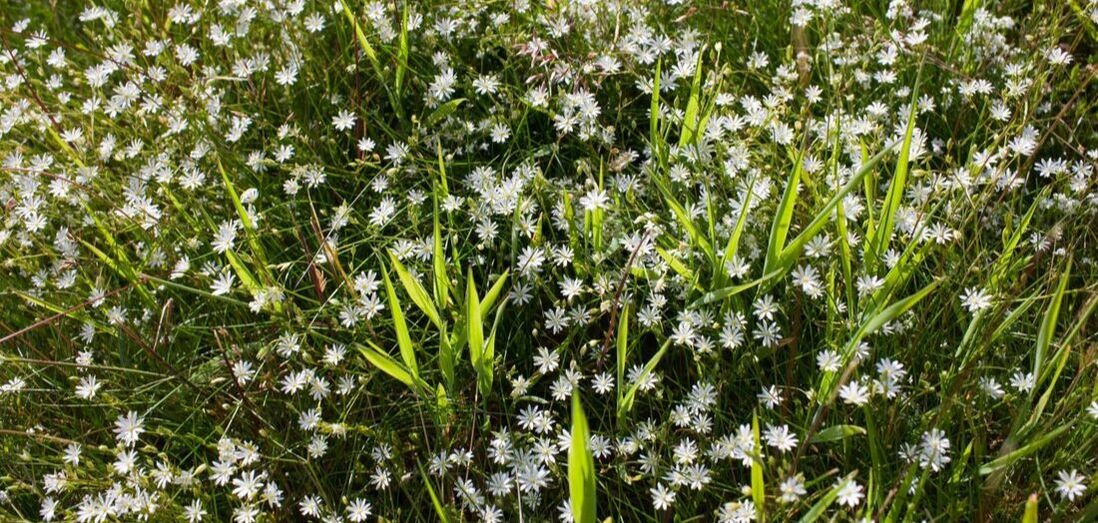|
Spring has (almost) sprung! While April showers bring May flowers, they also bring pollen. Many dread this time of year, with pollen triggering pesky runny noses, congestion, sneezing, itchiness, and watery eyes. Most people are itching to get outside to enjoy nature’s beautiful weather and blossoms, while people with allergies fear the itchiness from those tiny little particles swirling in the air. Pollen causes a flare-up in our immune system by releasing histamines, which are chemical messengers that signal allergy symptoms in an effort to protect the cells and rid the body of the allergen. If you’re looking to spend more time outside this season while keeping those irritating symptoms under control, follow this brief guide we’ve created to help manage your seasonal allergies. EAT LOW HISTAMINE FOODS Although there is no such thing as a histamine-free diet, there are low-histamine foods that you can incorporate into your diet to help reduce symptoms. Top foods to incorporate
Top foods to avoid
EXERCISE There are a few things to consider when maintaining daily exercise during allergy season. Here are some tips to help stick to your daily workouts despite your symptoms. Weather As the weather gets warmer, most of us want to opt for outdoor exercise to fill our lungs with fresh air. Those with allergies might want to consider postponing outdoor workouts until after the rainfall during the high pollen season. The less pollen circulating through the air, the less likely you are to experience allergy symptoms. Time Of Day Get moving earlier in the morning as the dew helps lower pollen circulation. This makes for the best time to get a workout in and start your day off right. Picking the Right Exercise It is critical to listen to your body and pick the types of exercise that avoid flare-ups and overexertion. If you are looking for an outdoor workout, some of the best forms of exercise to consider include: yoga, swimming, walking, and biking - all of which help to strengthen lung capacity. INFRARED SAUNA An infrared sauna produces infrared heat in a controlled environment, in turn heating the body directly and deeply. The body temperature rises to allow the immune system to strengthen and the endocrine system to help release toxins from the body. Learn more about the benefits of an infrared sauna and chromotherapy. BREATHWORK Breathwork is important to stay connected with your body and enhance lung capacity. When allergies have you feeling like your respiratory system is under attack, learning new breathing techniques can help alleviate symptoms. A few different breathing techniques to help fight off allergies: Belly Breathing This can be done lying on your back or sitting on your knees. Place your hands on your abdomen as you inhale to fill the belly up with air, hold for a few seconds and exhale to draw the belly inward. Benefits: increases capacity of lungs, calms, and focuses the mind Alternate Nostril Breathing This can be done lying on your back or standing. Inhale and breathe through one nostril while holding the other nostril. Release the finger and exhale through the opposite nostril. Alternate and repeat. Benefits: allows for better oxygen flow, improves lung strength, improves breathing Pursed Lip Breathing With your mouth closed, breathe in through your nose and purse your lips (like you would to whistle) to breathe out. Benefits: controls shortness of breath, keeps airways open for longer, improves ventilation This time of year, we all want to transition our daily activities to spend more time outdoors, but we can’t always be sure of what will come of our allergies as nature takes its course. Luckily, there are a few online sources that monitor the pollen count and air quality throughout the Charleston area: Wunderground Wunderground gives you access to the air quality and pollen count in your area. The air quality scale advises people with pre-existing conditions to reduce heavy or prolonged overexertion based on the severity of levels. A pollen count scale rates the pollen levels in the trees, grass, and weeds from none to high based on the date. It also features an air pollution map based on county and humidity scale to further inform you of the air quality in your area. Charleston Allergy Charleston Allergy features a scale that rates the pollen count in your area, updated daily. The site also has a chart that identifies the main and secondary contributors to the pollen count as well as mold levels. Charleston Allergy is packed with articles to learn more about pollen count, allergies, and asthma to get ahead of the game this season. Weather Weather.com gives you a 15-day allergy breakdown that rates the pollen count on a scale from very low to very high. Believe it or not, people suffer from different types of pollen. The pollen breakdown feature will come in handy when trying to figure out the levels of the specific pollen that aggravates your allergies. Longevity Living, an aspirational lifestyle blog by Longevity Fitness Charleston, is your source for all things fitness, nutrition and wellness. Be sure to subscribe to our weekly newsletter for scroll-worthy articles, must-watch videos from our expert trainers, studio updates & more.
0 Comments
Leave a Reply. |
AuthorWrite something about yourself. No need to be fancy, just an overview. Archives
March 2022
Categories |
|
THE LONGEVITY CLUB
163 Rutledge Avenue Charleston, SC 29403 Call: 843-720-2700 Text: 843-729-7897 [email protected] @longevityclubchs | @longevitykiawah For press inquiries, please contact: Julie Montgomery at [email protected] or Maria Castellano at [email protected] For general inquiries and support, please contact: [email protected] |
Copyright © 2023





 RSS Feed
RSS Feed